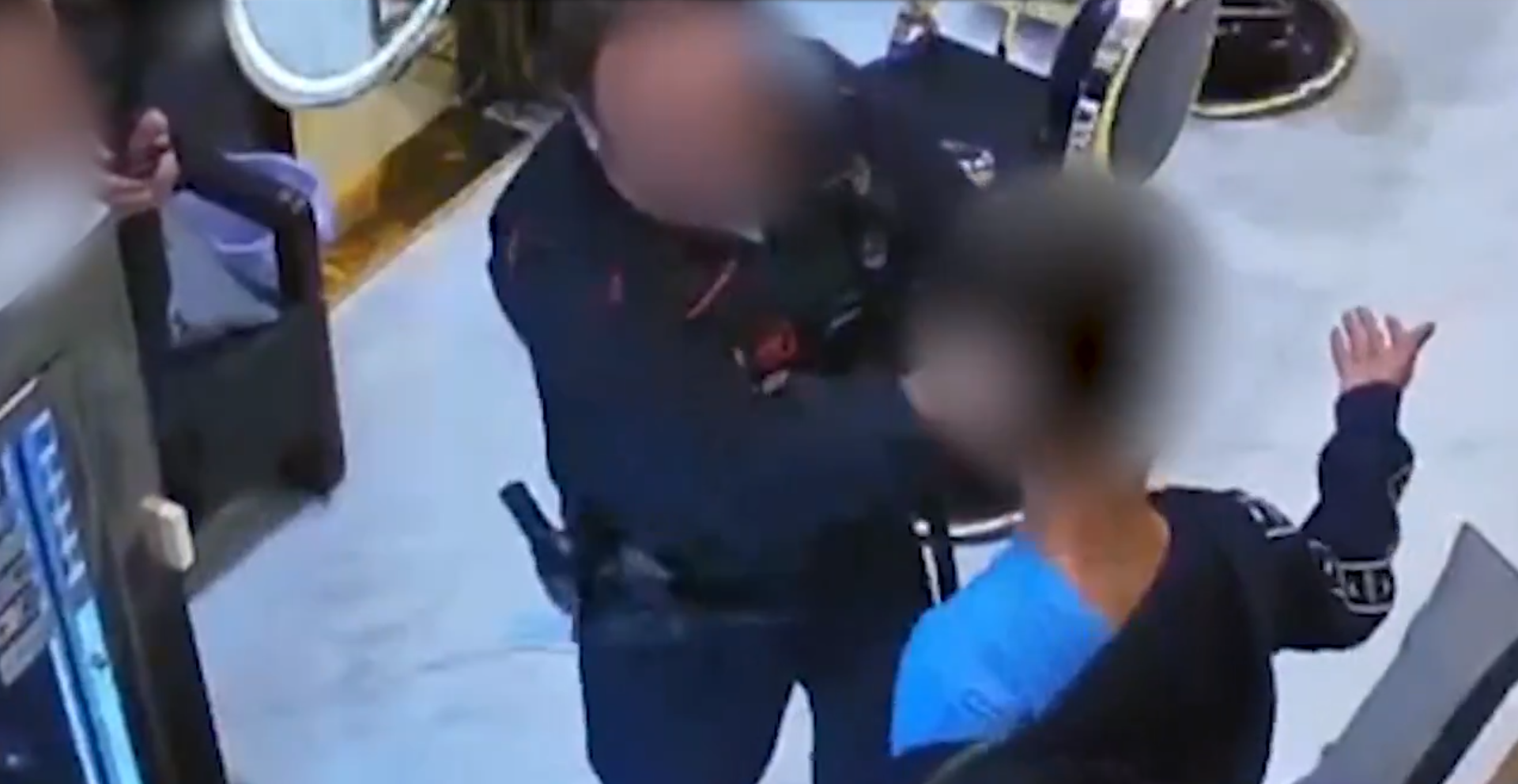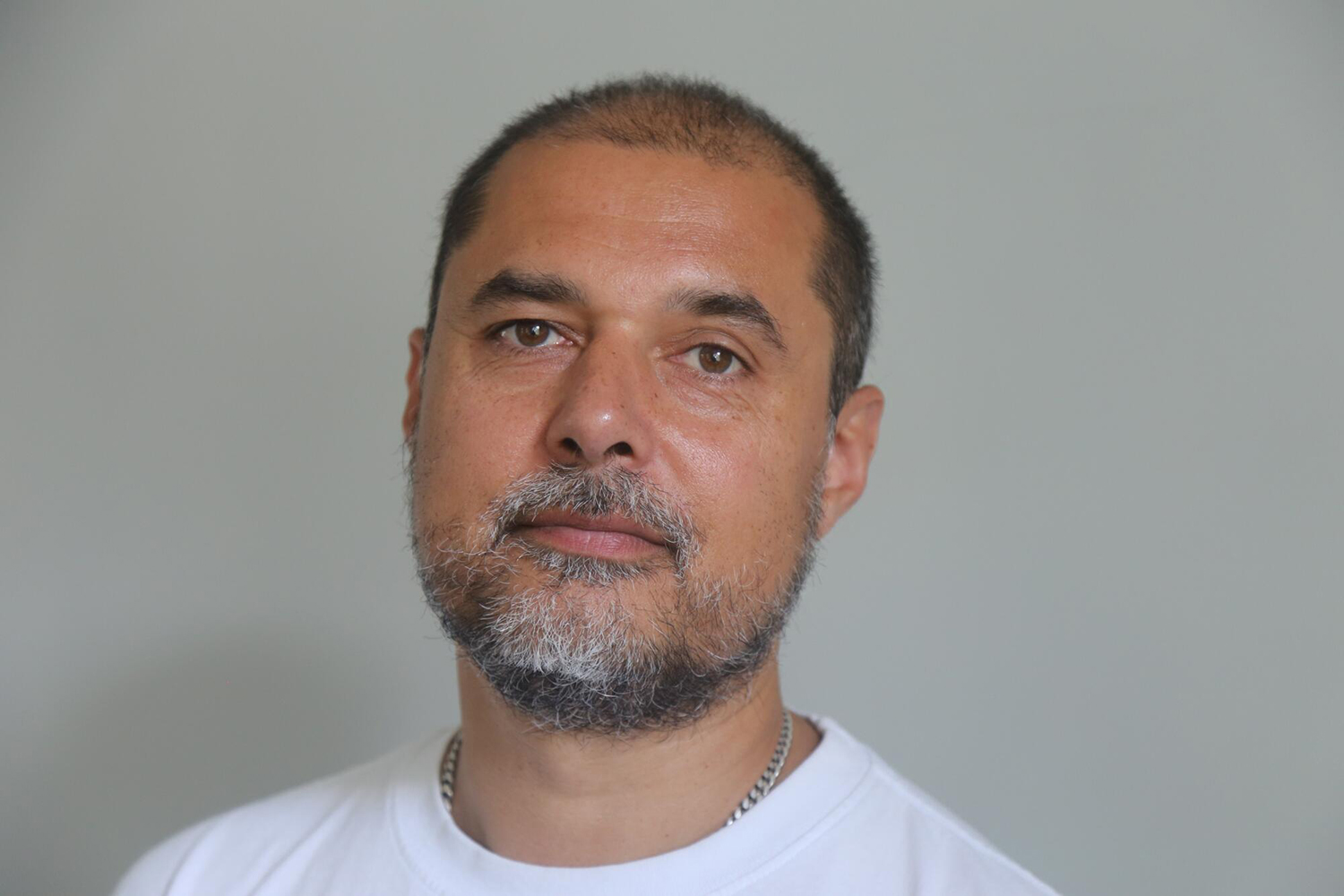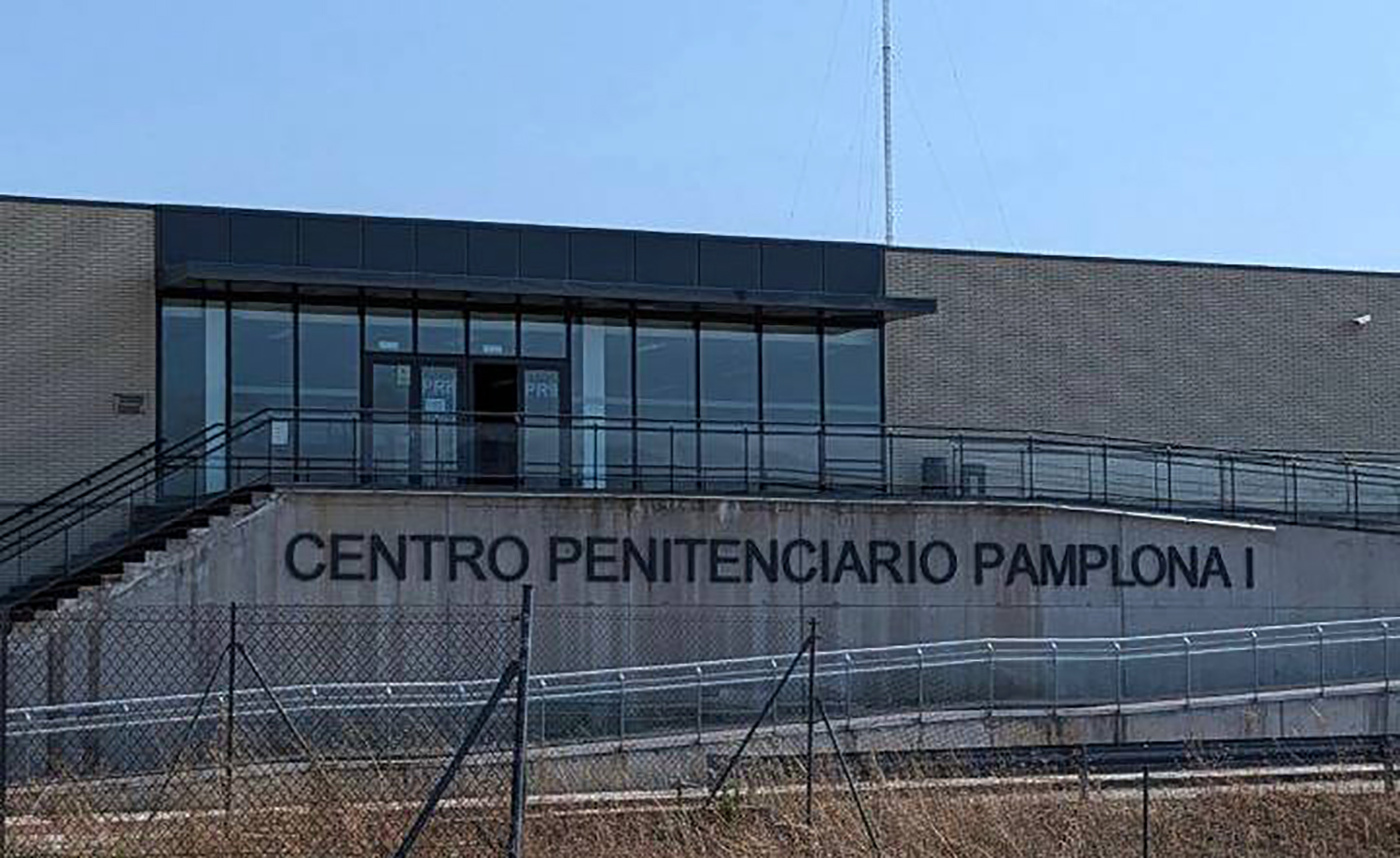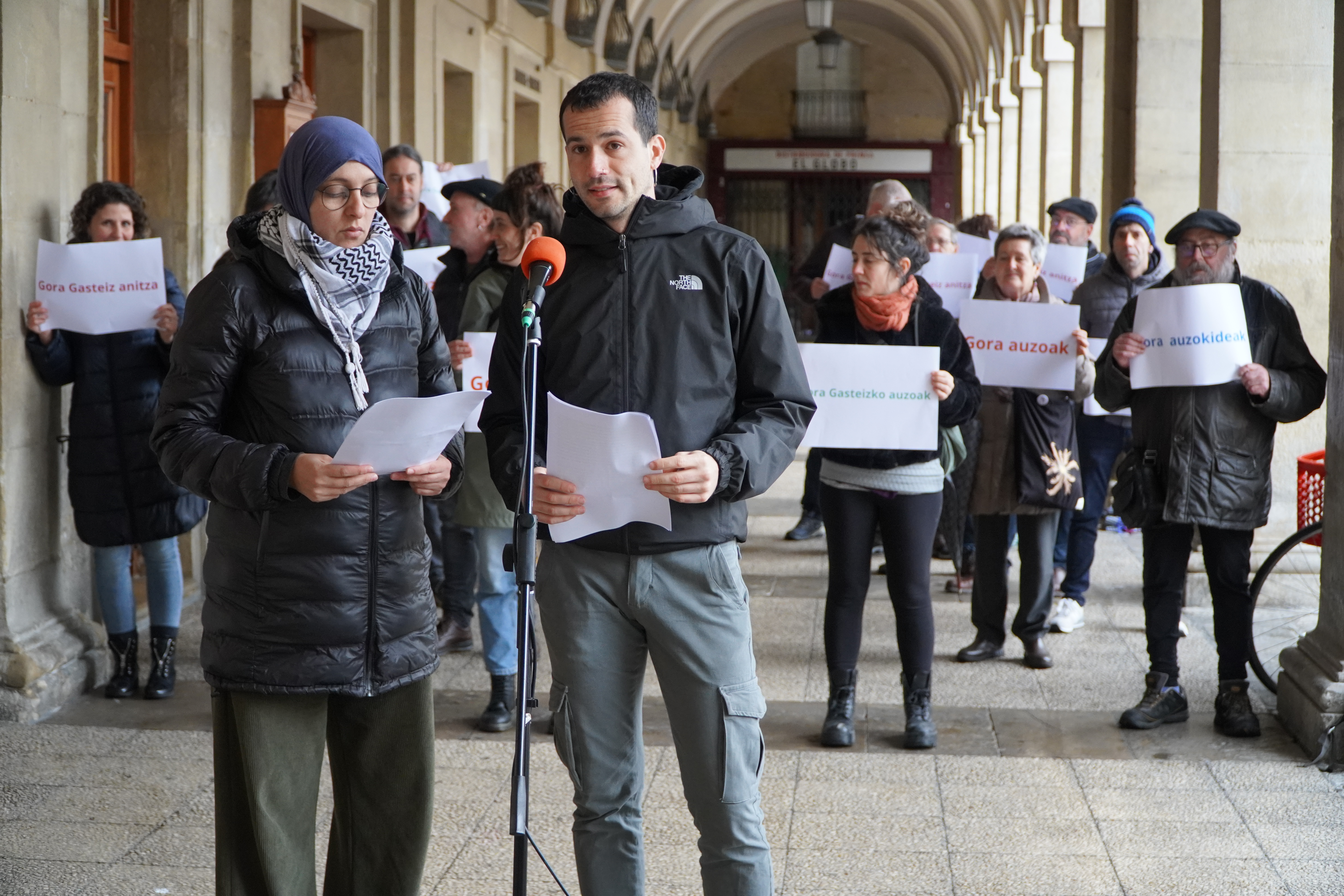Also in the Bilbaíno neighborhood of San Ignacio at the risk of racist messages
- In recent times, racist messages have multiplied in the Facebook group of the San Ignacio neighborhood. Faced with the proliferation of burglaries on the street, the response of the neighbors has been to criminalize people in situations of exclusion and misery, to ask for more police and to organize the neighborhood security brigades. Removing the root of the problem from the spotlight, reactionary hate speeches leave the door open to the fascistization of society.

Among the old photographs of the neighborhood are mixed the cars with broken glass in the Facebook group of San Ignacio. Among the images of lost dogs and birds, the details of the last robbery carried out yesterday by force on the Internet. Among the messages of outrage and tiredness of people, racist comments have been launched and some users have claimed the need to do something to reverse the situation.
Hate commentaries criminalizing racialized people living on the red street have begun to expand rapidly. Apart from the origins of the misery of these people and the reasons that drive them to robbery, they have almost ended up justifying their exclusion with the solutions requested.
Some criticize the “passive” attitude of the police and would like to increase their presence on our streets. In particular, they call for an increase in the presence of the state's armed forces in order to sustain the capitalist system, the engine of misery and social exclusion. Others, desperate, prefer to assume justice and assume for themselves the role of repressive forces through neighborhood patrols. Suddenly, a group created to comment on the neighborhood's accounts is becoming a seedbed of fascist ideas, while reactionary messages criminalize and take responsibility for everything.
It's not easy to redirect the situation, because nobody likes to be stolen, but I don't really think it's that hard to look a little bit up and broaden the perspective, realize that the root of the problem is farther away and sort out the neighbors' response. Behind the racist and clever messages that underscore the origin of the thieves, dangerous ideas are hidden, such as that migrants are responsible for worsening the living conditions of the “natives”, that neighbors must be organized against them or that the police presence should be greater. In addition to awakening hostility among the workers of the neighbors from different backgrounds and moving away from the problems that really affect us, such as the right to housing, these beliefs only increase the tension, fear and violence in the neighborhood.
And that is that we cannot forget that, despite life on the street and in misery, all these people are neighbours of our people. We must not forget that the model of social organization that has led them to this situation is the same capitalist system that oppresses us, harasses us and is violent in itself. We must not forget that it is the imperialist powers that close the doors to migrants fleeing this situation, causing war and poverty abroad. We must not forget the daily xenophobic practices of the officers of the Bilbao Municipal Police and the offensive that every summer reinforces against the manteres. We must not forget that the neighbourhood organisation without class solidarity only promotes enmity among workers and the fight against our interests.
In these times when the impoverishment of workers is growing and becoming more apparent, reactionary and fascist ideas have begun to spread rapidly in our environment. Situations of crisis and misery are a magnificent seedbed of fascist ideology. Only the people can save the fascist claim and under it the fascist concentration in Pamplona, painted fascist xenophobes in Hondarribia and on social media the reactionary offensive everywhere.
At Donostia-San Sebastian, the position of the institutions was clear by prohibiting the Solidary Dinners on the Street and supporting those who left for the demonstration in the name of security. The UPV/EHU forced the professor who disseminated Machistan and Fascist messages to be expelled, and let us not say what to say about the ideology and way of acting of the vacancy companies that have begun to spread here and there when the housing problem has become unsustainable.
Closing all the roads to racism
Behind all these declarations of fascism are right-wing parties, the extreme right and fascist groups, which use crisis situations to spread racist and xenophobic messages in the name of security. In order to close all the loopholes in fascism in our streets and neighbourhoods, it is essential to promote solidarity and organization among workers, to deal with messages of hatred and to defend a firm attitude against exclusion and racism.
Thus, several San Ignacio neighbours have begun to work to spread these ideas, under the motto Don’t fall into the hole of racism. They advocated the promotion of “anti-fascist, anti-racist and inclusive ideas” and stressed the importance of paying attention to the solution of the situation at the root of the problem, “in poverty and in the system that generates it”. Thus, instead of considering the group of immigrants as an enemy, they have shown their willingness to integrate into the dynamics of the neighborhood, create relationships of trust and fight together to “improve the living conditions of all the workers, not only of those born here, but also of the immigrants fleeing poverty”.
Algorta's neighbours began a similar dynamic last July: No Irentsi was the platform Amua del Racism that appeared to protest racist attitudes. In the presentation, they claimed that they would fight “for there to be no discrimination with the oppressed sectors and for all of us to have the same living conditions” and made it clear that “there is no other solution but to fight against the miserable living conditions suffered by working people and by those who are migrated and racialized in an even more violent way”.
In short, in order to close all the doors to racism and fascism in the neighbourhood, it is essential to remove the forms of organization of neighbours from ideas of hatred and to promote collaboration to improve the living conditions of all.
Segurtasun falta dagoen irudipena handitu dela azaldu du Eustaten azken txostenak. Gurean, Trapagaranen, Segurtasuna orain, delinkuenteen aurka manifestaziora deitu dute herritar batzuek.
Bi izan dira sentsazio hori zabaltzeko arrazoiak. Batetik, udalak Udaltzaingoaren... [+]
Hainbat kolektibo daude Gasteiz Anitzaren atzean. Egoera larrien aurrean "soilik poliziaren esku hartze gehiago" eskatzen duen eta "eskubideen urraketei entzungor" egiten dion ereduaren aurrean, beste praktika eredu bat egiteko saiakera dela adierazi dute... [+]
Hirurehun bat pertsona hurbildu ziren jende katea osatzeko Marengo eta Pannecau zubien artean.
Trintxerpen hasi eta Donostian bukatu da hainbat kolektibok deitutako XXVIII. Arrazakeriaren Kontrako Martxa.
Hurrengo ariketa egin ezazu zure lantokian, euskaltegian edo gimnasioan:
Altxa eskua Minneapoliseko George Floyd nor den dakizuenok.
Altxa eskua Madrilgo Mame Mbaye nor den dakizuenok.
Altxa eskua Barakaldoko X nor den dakizuenok.
Mame Mbaye manteroa duela zazpi urte... [+]
1960ko martxoaren 21ean, Hegoafrikako Poliziak 69 lagun hil zituen apartheidaren kontrako manifestazio baketsu batean. Ordutik, egun hori Arrazakeriaren eta Xenofobiaren Nazioarteko eguna ospatzen da, aldarrikapenez beteta. SOS Arrazakeriak urtero gai ezberdin bat lantzeko... [+]
Lau turistak eraso zieten jatorri pakistandarreko hainbat langileri, Lekeitioko Gazte Asanbladak salatu duenez.





















